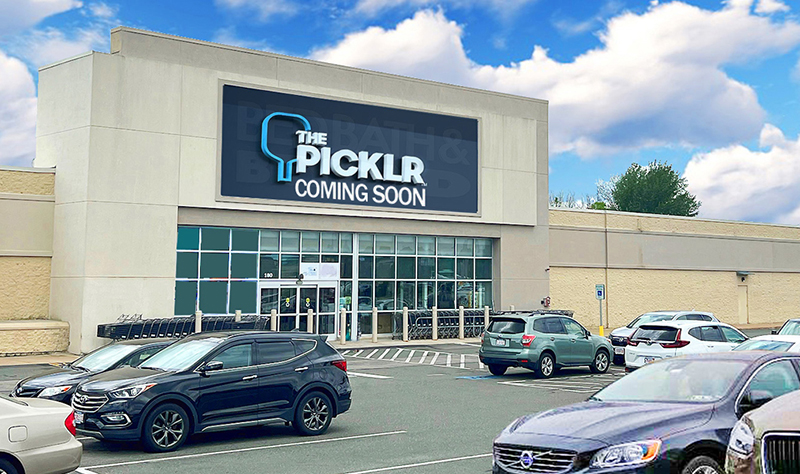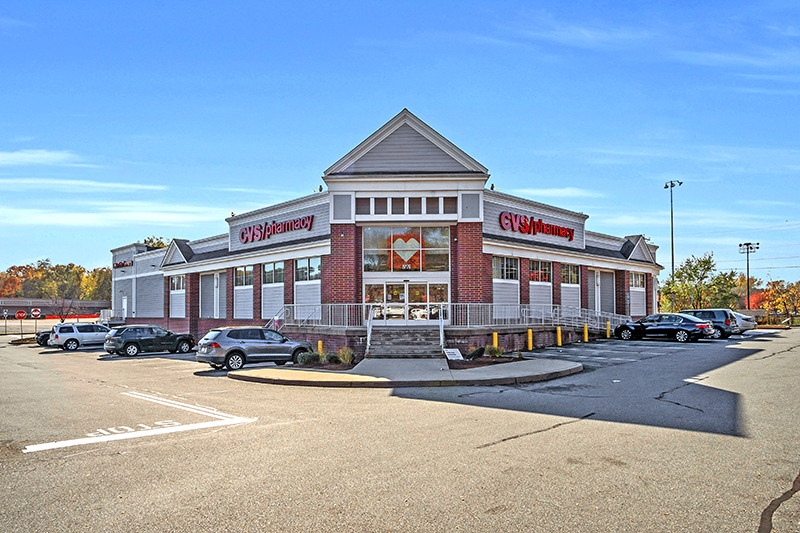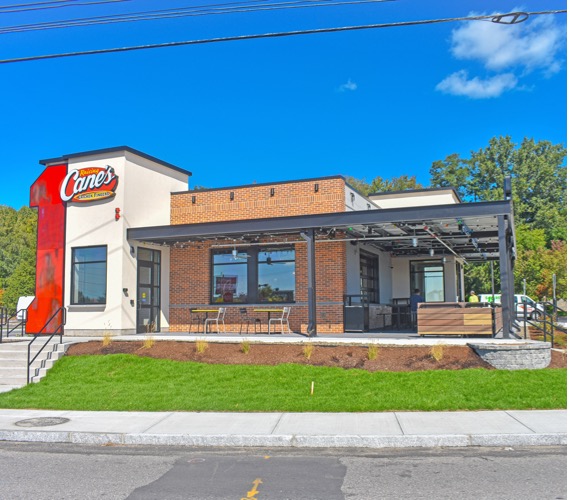News: Retail
Posted: January 21, 2010
Reasons why retail sites are redeveloped and sustained include location, infrastructure and tenant interest
I remember as a kid shopping with my mother at the local First National grocery store. A small store, rather spartan, on Main St., Stoneham, with a small but adequate parking lot. We didn't need big parking lots back then; we walked everywhere. First National became Finest, and the store got a complete makeover. New freezer chest, chillers, and lighting inside and out; I'm sure an upgrade in efficiency even at that time.
With Finest demise, Gallahue's, a local grocery chain, came along and upgraded again, a whole new look and all new state of the art equipment again. About 15 or more years ago, Stop & Shop came along, picked up some abutting house lots, demolished the building and built a Super Store, high-tech, again with better efficiencies in refrigeration, cooling, cleaner roofing materials, and a full upgrade to the parking lot this time with treatment for the runoff. They have just completed the second renovation since building the new store, and I'm sure again with better efficiency and sustainable systems.
This is just one site with 40 years of history in sustainability, and we can all think of hundreds of other sites which have followed a similar track. There are multiple reasons why retail sites are redeveloped and sustained: location, infrastructure, tenant interest, and availability of alternate raw land sites to name a few.
Location is always top of the list. A good location with good access and a customer base in place is the right way to start. On the other end of the scale from the above First National example are the mega sites: North Shore Mall, Burlington Mall, and South Shore Plaza, on the Rte. 128 ring are prime examples. Each one has reinvented itself with multiple renovation and expansions over the years; each time responding to the environment with new efficient systems for the buildings, water conservation measures and increased treatment of stormwater. South Shore Plaza is currently undergoing another major renovation and expansion adding both a Target Store and Nordstrom's as major anchor tenants. End users who care about the environment and push for LEED certifications.
A built infrastructure is also a leading factor for redevelopment. Typically an existing site has the majority of the necessary infrastructure in place. Maybe there are some roadway improvements, new or upgraded signals or an upgrade to water mains, but for the most part, the base infrastructure is in place saving valuable construction dollars.
"The redevelopment of existing property has always been an important part of our development strategy, and is becoming more so with each passing year," said Louis Masiello, director of development for W/S Development Associates LLC. "Legacy Place in Dedham, Derby Street Shoppes in Hingham, and Stateline Shopping Center in Salem, N.H. are recent examples where underutilized or underperforming assets were ripe for rehabilitation due to the presence of existing infrastructure and proximity to transportation networks and established customer bases"
Additionally, with a redevelopment, the municipalities and the neighborhood are already accustomed to some level of activity on site. This could be good or bad, but in my experience, this is usually a plus over a ground-up development abutting a neighborhood that was there first.
The availability of good raw land is getting scarce for the larger retail developments so it follows that repositioning, upgrading, and if possible through better efficiencies and new technology expansion on pre-developed sites is a good option to consider.
Regulations for development are ever-changing and making it more difficult, sometimes impossible, to gain approvals for raw land. The Mass DEP Stormwater Regulations require infiltration, but in poor soil types they don't allow infiltration. A raw land site with poor soils is doomed. However, on a redevelopment site with poor soils, there is some wiggle room, some give and take with DEP to allow upgrades and keep the site viable and sustainable in the future.
New operators/end users looking for good locations can be the biggest stimulus for retail redevelopment. We've seen much of this over the last decade. Wal-Mart took over many old, tired centers in the 90s, Kohl's and Target have contributed their share to revitalize old centers where former retailers like Bradlees, Zayre's, Ames, and the like went dark. New efficient centers with LEED certified buildings are a plus for the environment. One would think the Green Building Council would give more consideration with respect to credits to the redevelopment movement since it has proven to be, by definition sustainable.
Rich O'Connell is president and one of the founding principals of R J O'Connell & Associates, a Stoneham, Mass.-based civil engineering, surveying and land planning firm.
Tags:
Retail
MORE FROM Retail
Mace of KeyPoint Partners negotiates 36,192 s/f lease for The Picklr at Endicott Square
Danvers, MA KeyPoint Partners (KPP) negotiated a lease with the nation’s premier indoor pickleball venue The Picklr at Endicott Sq. Vice president of retail brokerage Don Mace negotiated the transaction on behalf of the landlord.




.jpg)


.png)
